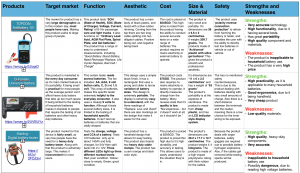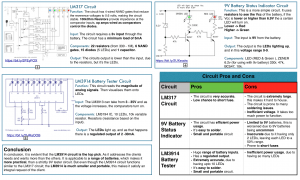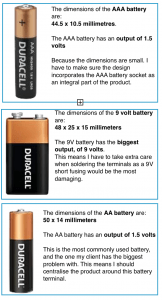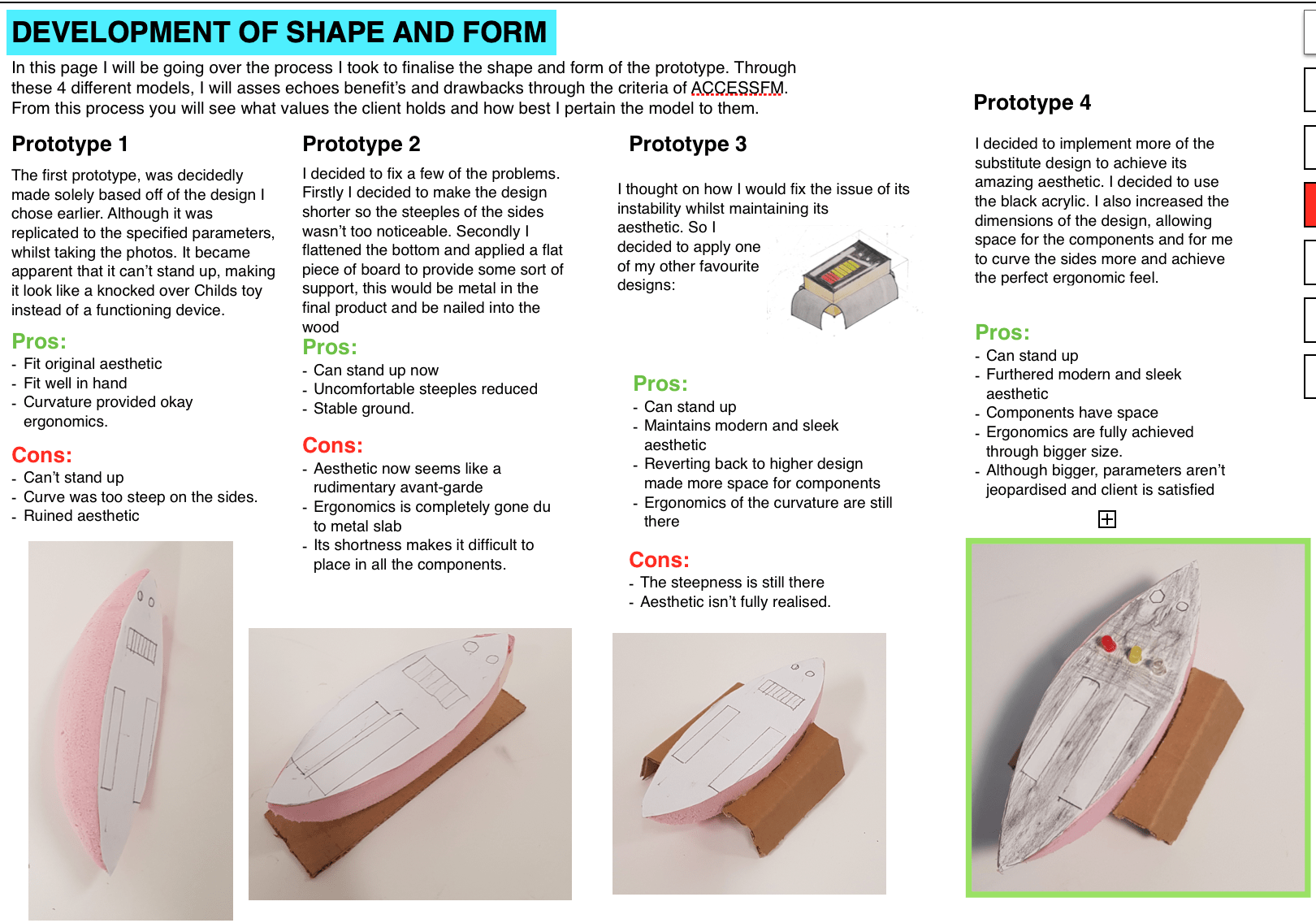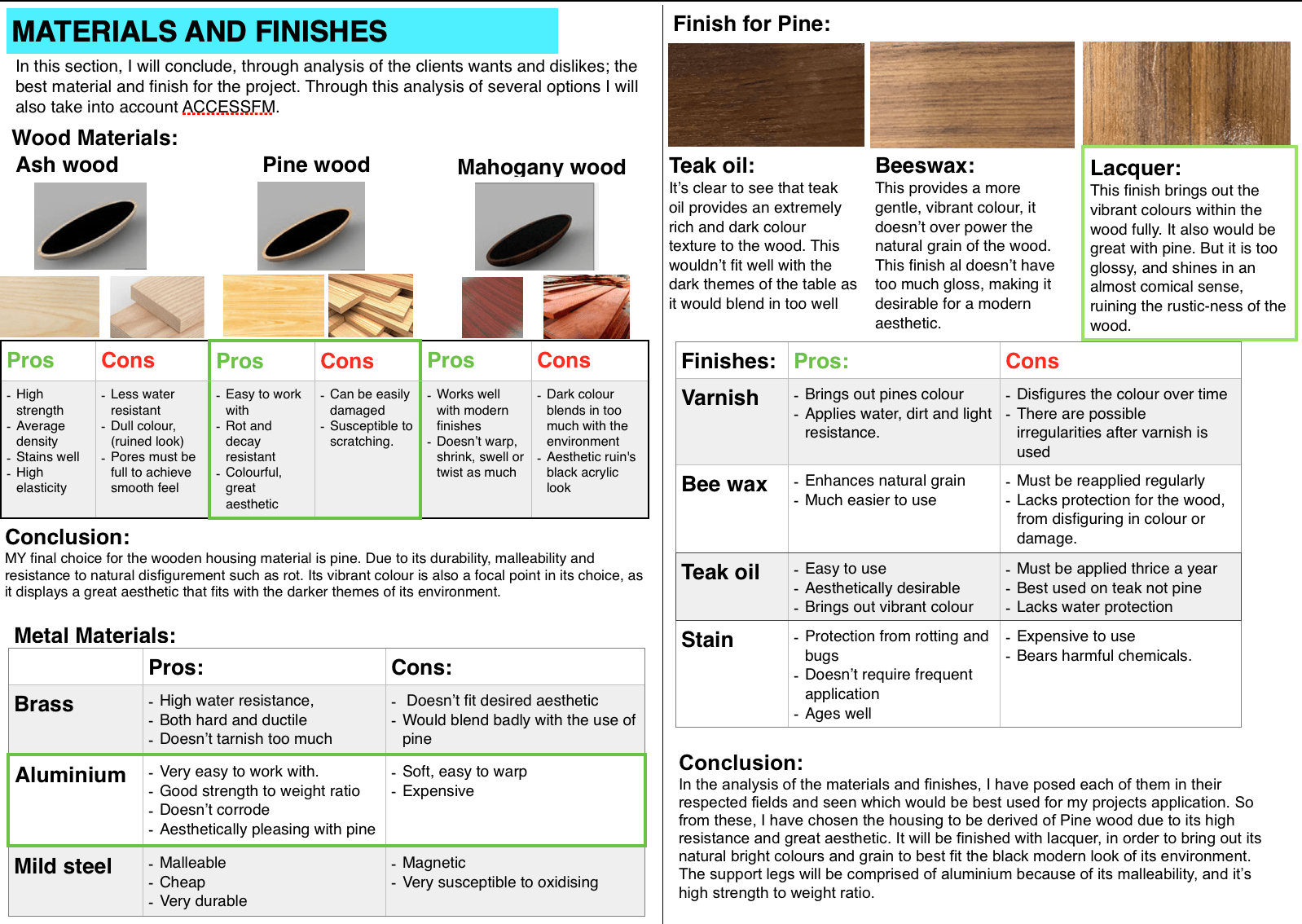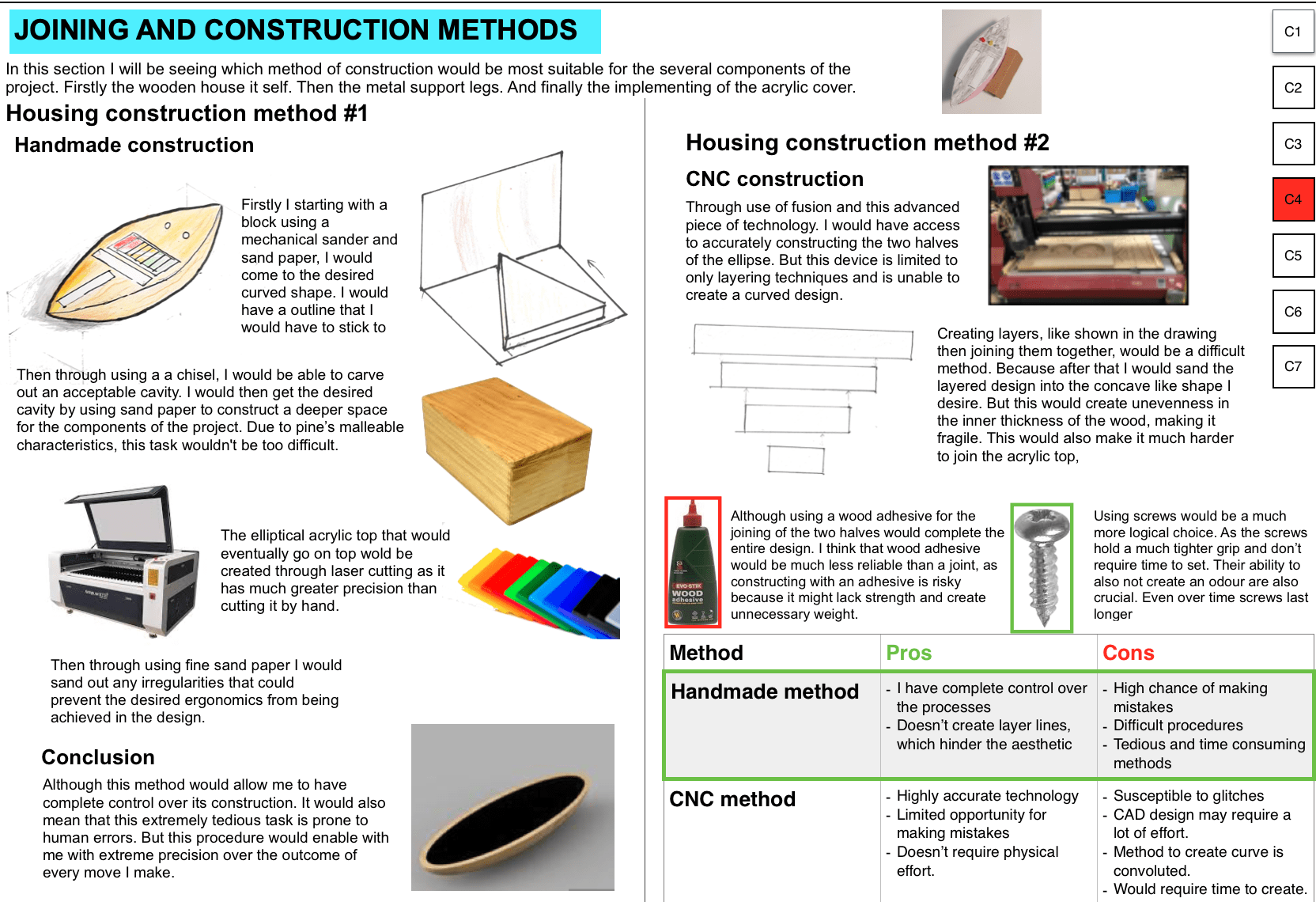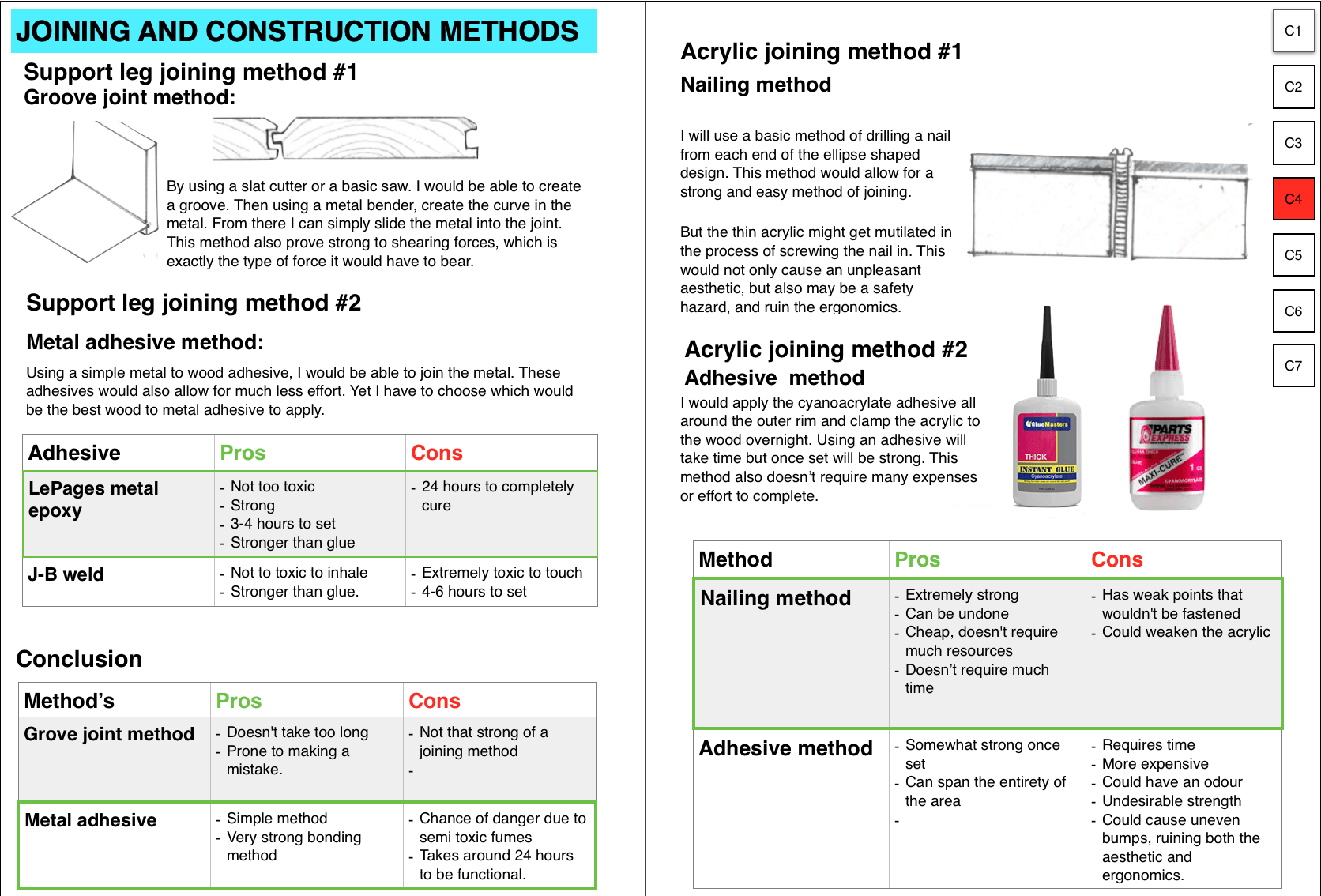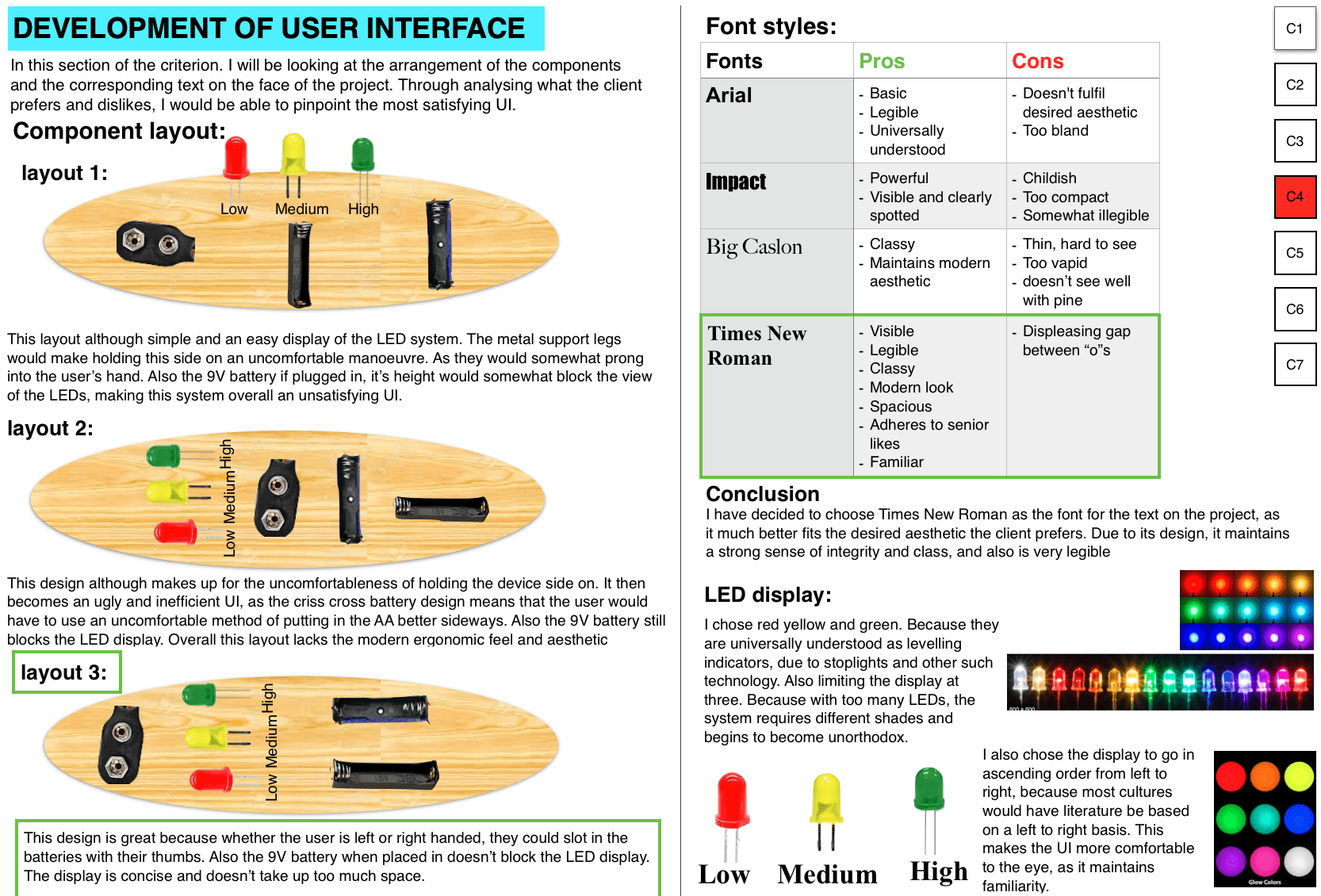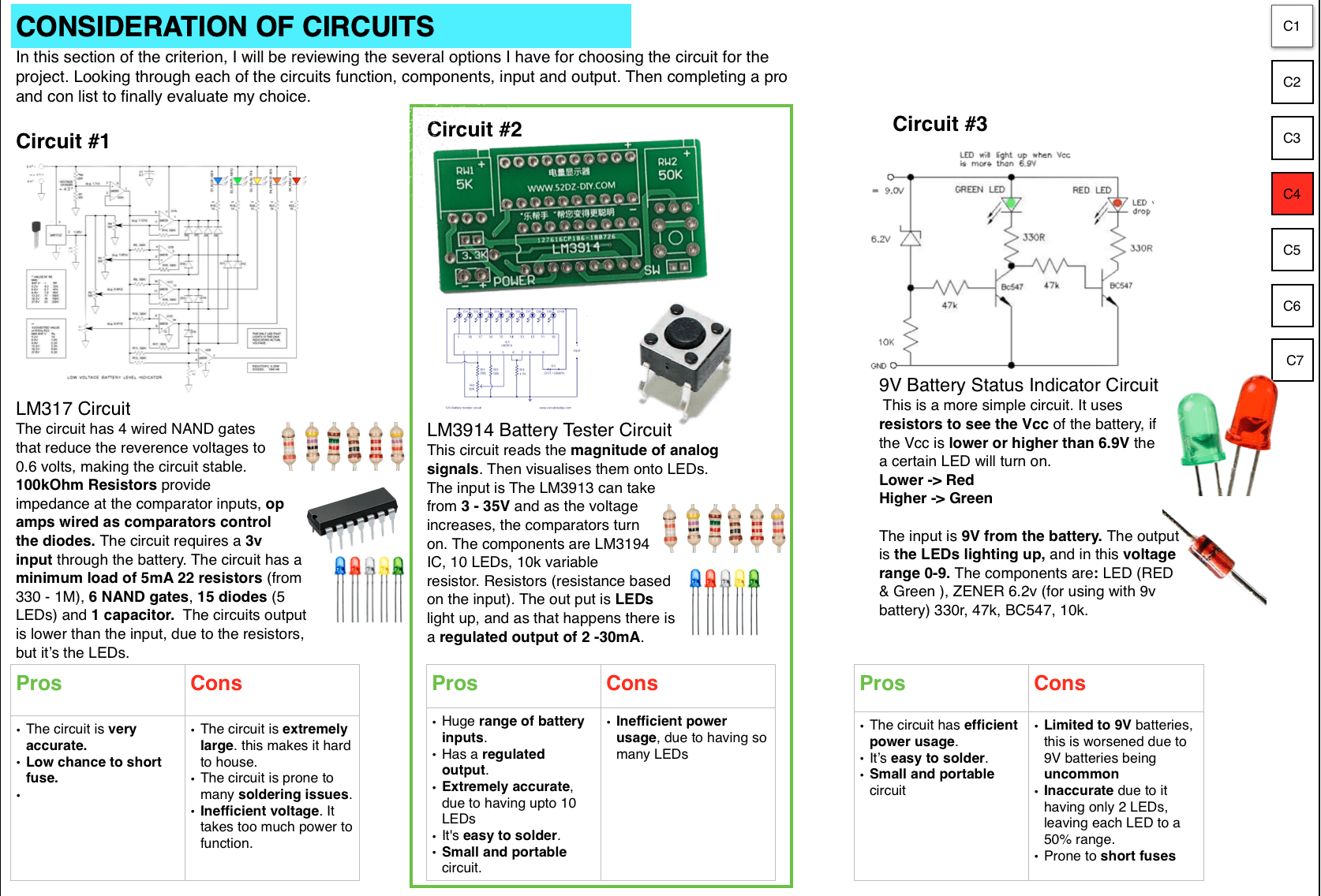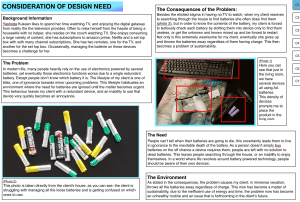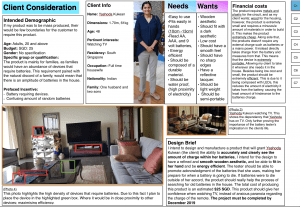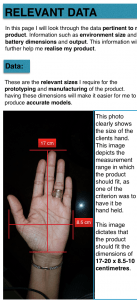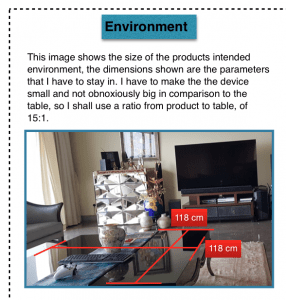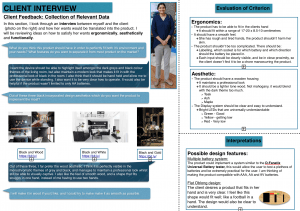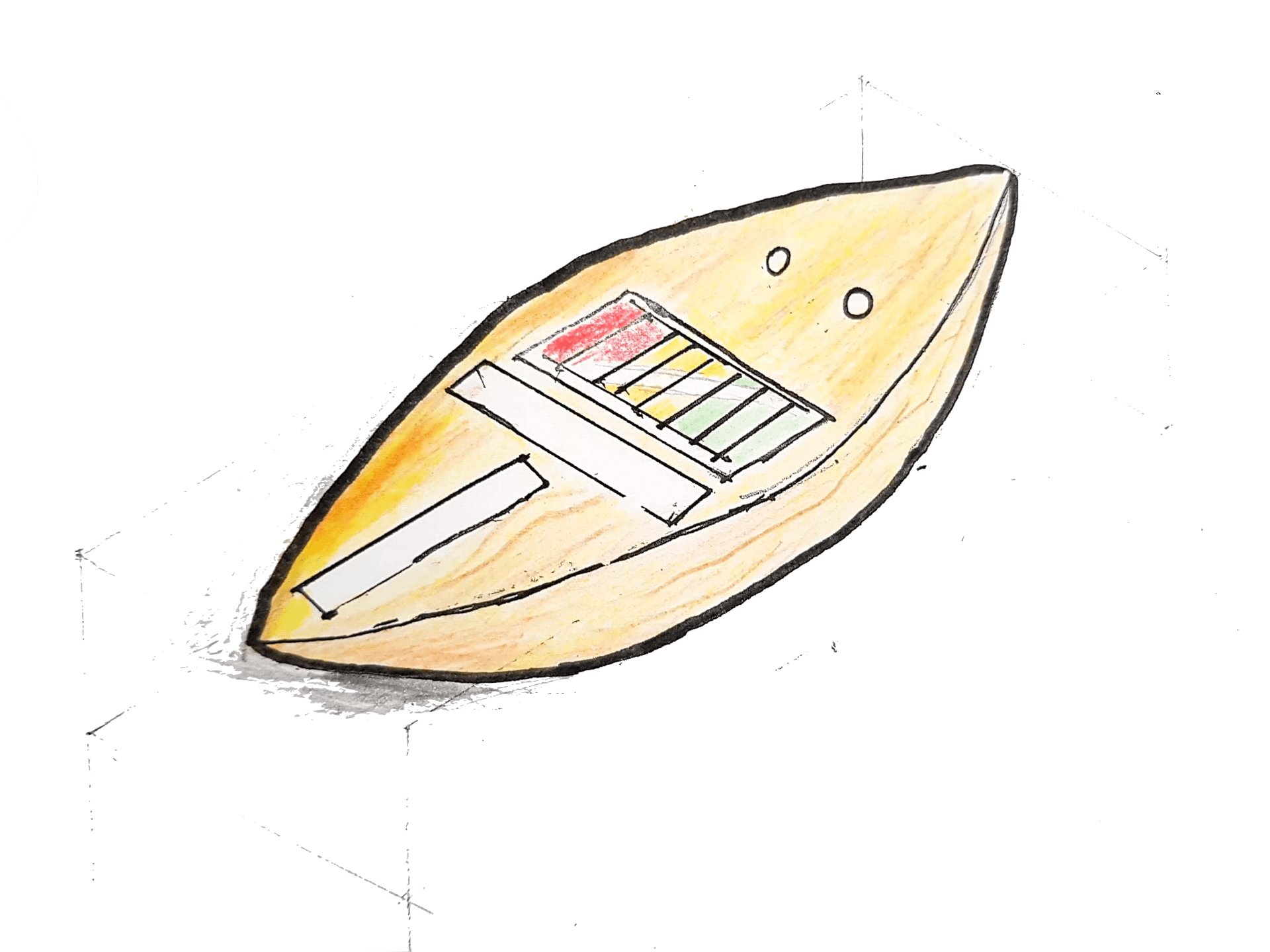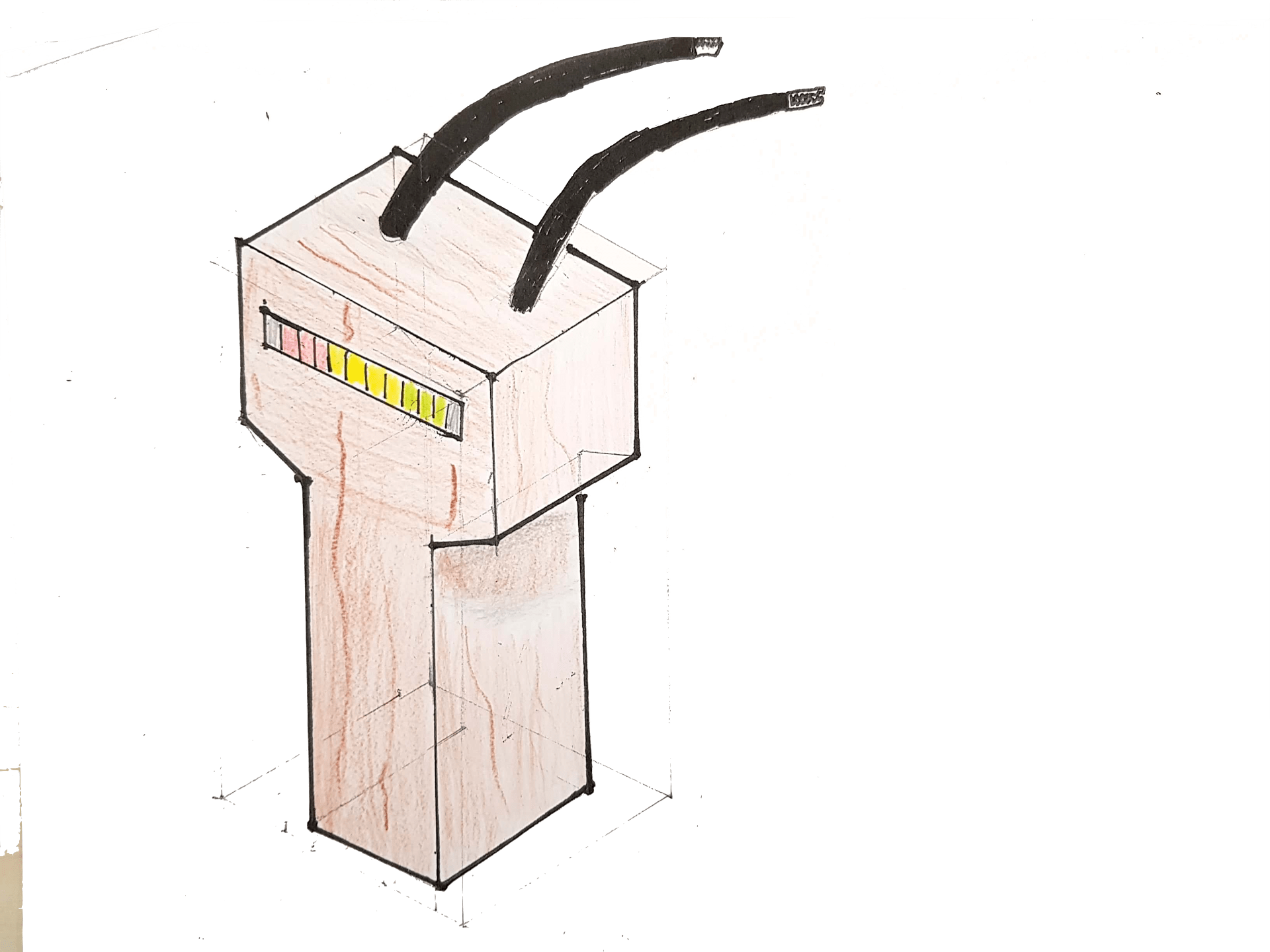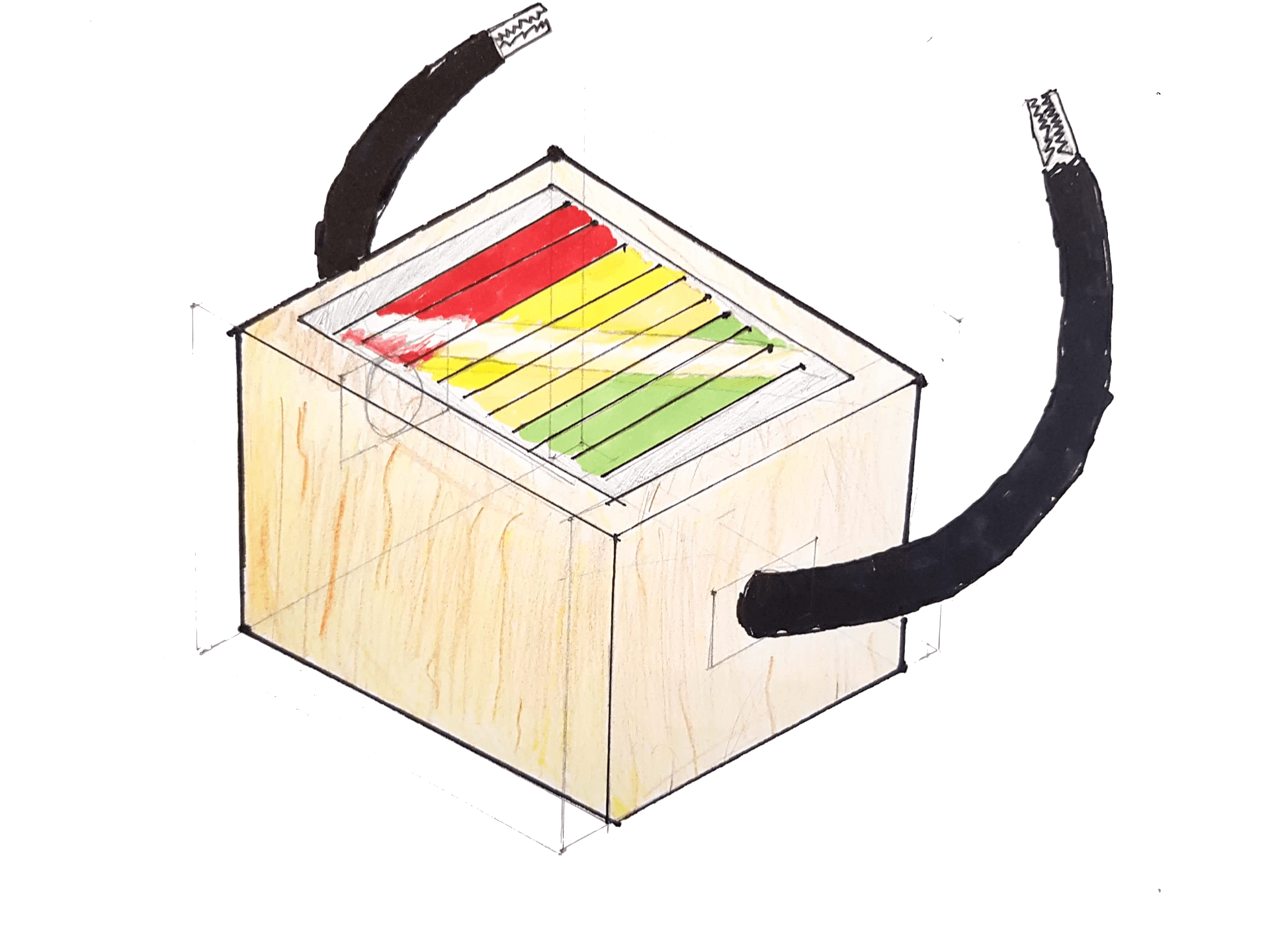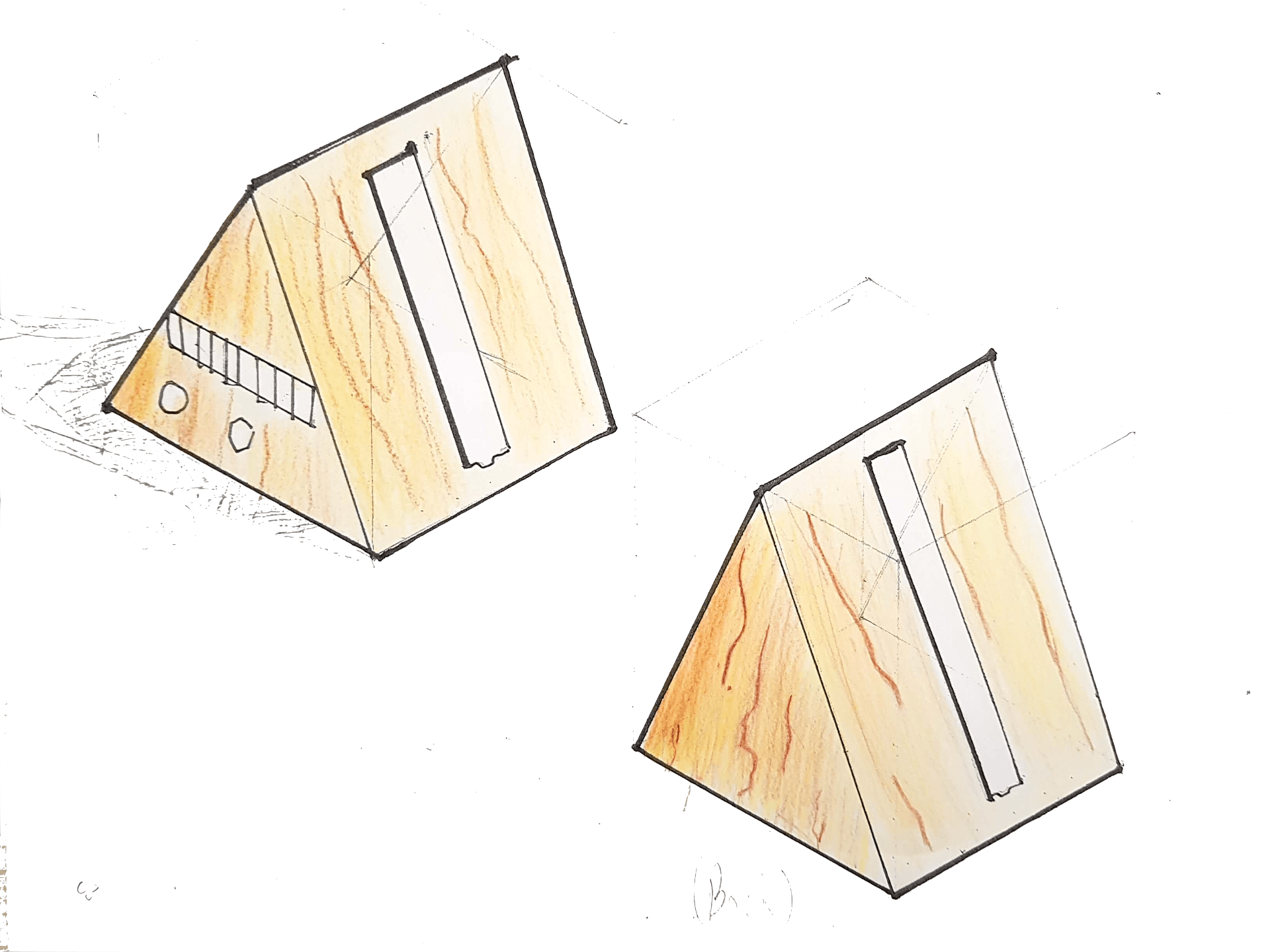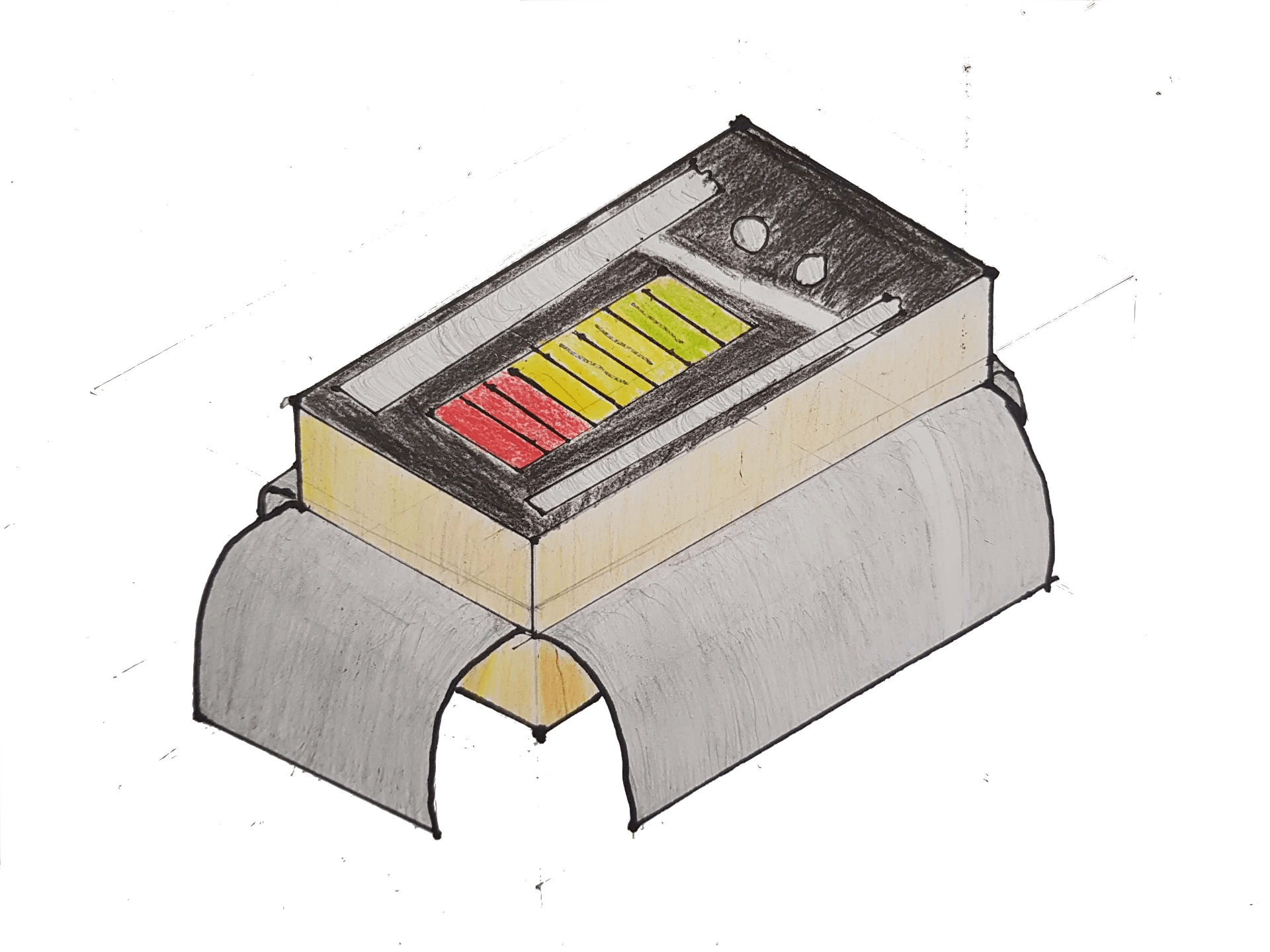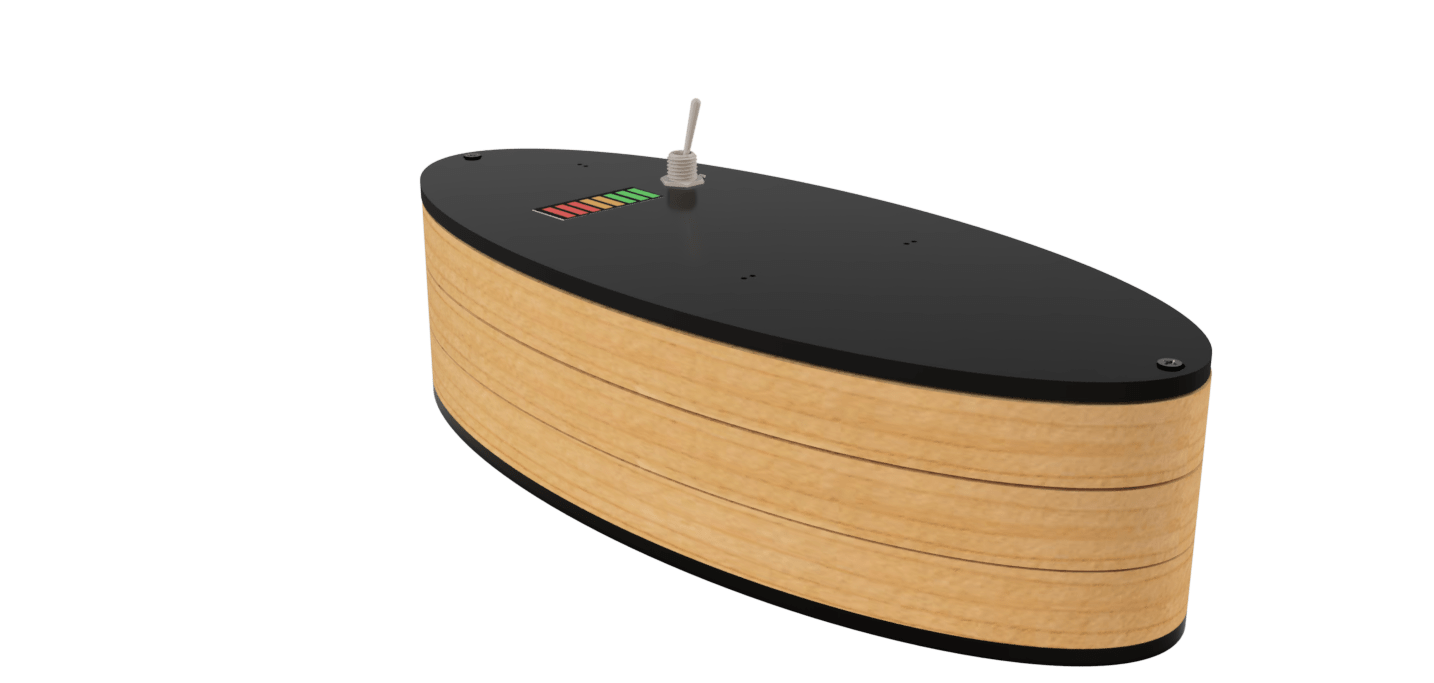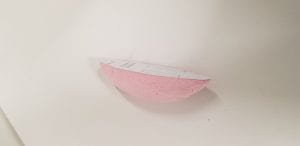In the process of my major project I developed skills that I highly value due to their versatility in many contextual situations, and the importance it has within a project. That is the technical skill of Research and Workshop processes. While learning and practicing this skill I learned a couple of soft skills that pertain to this skill. Such as Design thinking. I feel like these skills are a very important part of the early process as they heavily dictate the flow and direction that you plan to take the project in. As researching gives you the information that one will use to deduce their prefered method of function in the process. That’s also why I think design thinking is important in this section as you require to have that critical mind that can accurately analyse the pros and cons with the information y0u’ve taken.
These skills are most abundantly seen in C2 and C4. I tried to be as thorough with my research process, as I understood that not doing that would leave me stranded and confused in later parts of the major project. Below is my C2 work where I looked at 3 existing battery tester products, that I have analysed. I also looked at 3 existing circuits that are used for battery testing. I will be looking at each ones function, input and the components of the circuit. Looking through these circuits would provide me with the understanding of what makes a suitable circuit. This information will also assist me in this processing of the circuit I use.
I also looked into some of the items that pertain to the function of my device (that being a battery tester).
After C2 I had an idea of how I wanted to approach my clients problems and the base technology and materials I had required. But in C4 I was required to pick out all the specific details and the means I would go by to manufacture my product. These details had to be researched with the same skills as mentioned before, as I had to use Design thinking and keep in mind its purpose. Throughout this process I found that pros and cons lists were a very effective method of documenting and organising the information I had collected. That’s why they are so prolifically seen.
